Home » Work In Canada » Convert Your Temporary Work Permit to Canada PR: A Comprehensive How-To Guide
Turning your temporary work permit into permanent residency (PR) in Canada is a major step toward a secure and thriving future. PR comes with perks like nationwide living, working, studying, social services access, and a route to Canadian citizenship. This guide covers it all: how to change your work permit to PR, various paths, qualifying conditions, and the step-by-step application process.
Exploring Different PR Pathways
Express Entry - Federal Skilled Worker Program (FSWP)
The Federal Skilled Worker Program (FSWP) under the Express Entry system is an attractive option for work permit holders seeking PR. To be eligible, you need to meet specific criteria, including having at least one year of full-time skilled work experience in Canada, among other requirements. The step-by-step process involves.
- Check Eligibility: Ensure you meet the FSWP eligibility criteria.
- Language Proficiency: Take an approved language test to demonstrate your proficiency in English or French.
- Educational Credential Assessment (ECA): Get your foreign educational credentials assessed by a designated organization.
- Create Express Entry Profile: Create an Express Entry profile and provide information about your skills, work experience, and education.
- Receive Invitation: If you meet the cutoff score in the Express Entry draw, you'll receive an invitation to apply for PR.
- Submit PR Application: Submit a complete PR application along with required documents and fees.
- Medical and Security Checks: Undergo medical examinations and security checks as part of the application process.
Canadian Experience Class (CEC)
The Canadian Experience Class (CEC) is designed for individuals with Canadian work experience, making it a suitable pathway for many work permit holders. The process involves:
Ensure you have at least 12 months of skilled work experience in Canada within the past three years.
Demonstrate your language proficiency in English or French by taking an approved test.
Create an Express Entry profile and provide details about your work experience and skills.
If you meet the CEC requirements, you’ll receive an ITA for PR.
Prepare and submit a complete PR application along with required documents and fees.
Complete medical exams and security checks as part of the application process.
Provincial Nominee Programs (PNPs)
Provincial Nominee Programs (PNPs) allow provinces and territories to nominate individuals who meet specific regional labor market needs for PR. The process varies by province but generally involves:
- Check Eligibility: Determine your eligibility based on the criteria set by the specific PNP.
- Apply to PNP: Submit an application to the chosen PNP and provide necessary documents.
- Receive Nomination: If nominated, you’ll receive a Provincial Nomination Certificate.
- Create Express Entry Profile: Create or update your Express Entry profile to include the PNP nomination.
- Invitation to Apply (ITA): Receive an ITA for PR in a subsequent Express Entry draw.
- Submit PR Application: Complete and submit your PR application, including required documents and fees.
Quebec Experience Class (QEC)
For those with work experience in the province of Quebec, the Quebec Experience Class (QEC) is a viable PR pathway. The process involves:
Ensure you meet the QEC criteria, including having skilled work experience in Quebec.
Create an Expression of Interest (EOI) profile in the Quebec Arrima system.
If selected from the EOI pool, you’ll receive an invitation to apply for a Quebec Selection Certificate (CSQ).
Submit your CSQ application along with supporting documents and fees.
After obtaining a CSQ, apply to the federal government for PR.
Complete medical exams and security checks as part of the federal PR application process.
Tips and Recommendations for a Successful Application
When you’re applying to become a permanent resident (PR) in Canada, following these tips and best practices can greatly increase your chances of success:
To make your application stronger, work on improving your language skills in English or French. You can also consider getting more education or gaining additional work experience. Doing so can help you meet the eligibility requirements more effectively.
It’s important to gather all the documents you need for your application. These might include your identification, educational transcripts, and records of your employment history. Having these ready in advance will make the process smoother.
When you’re ready to submit your application, ensure that everything is well-organized. Make sure all your documents are in order, properly labeled, and arranged neatly. This helps the immigration officials review your application more efficiently.
Immigration policies and requirements can change, so it’s a good idea to stay informed. Regularly check for updates in the rules, guidelines, and processing times. This ensures that you have the most current information throughout your application process.
If you’re feeling uncertain or overwhelmed, consider seeking assistance from an immigration lawyer or consultant. These experts have the knowledge and experience to guide you through the application process and answer any questions you might have.
By following these practical tips, you’ll be well-prepared and well-informed as you work towards achieving permanent residency in Canada. Your efforts and attention to detail will contribute to a smoother application process and a higher likelihood of success. Good luck on your journey!



